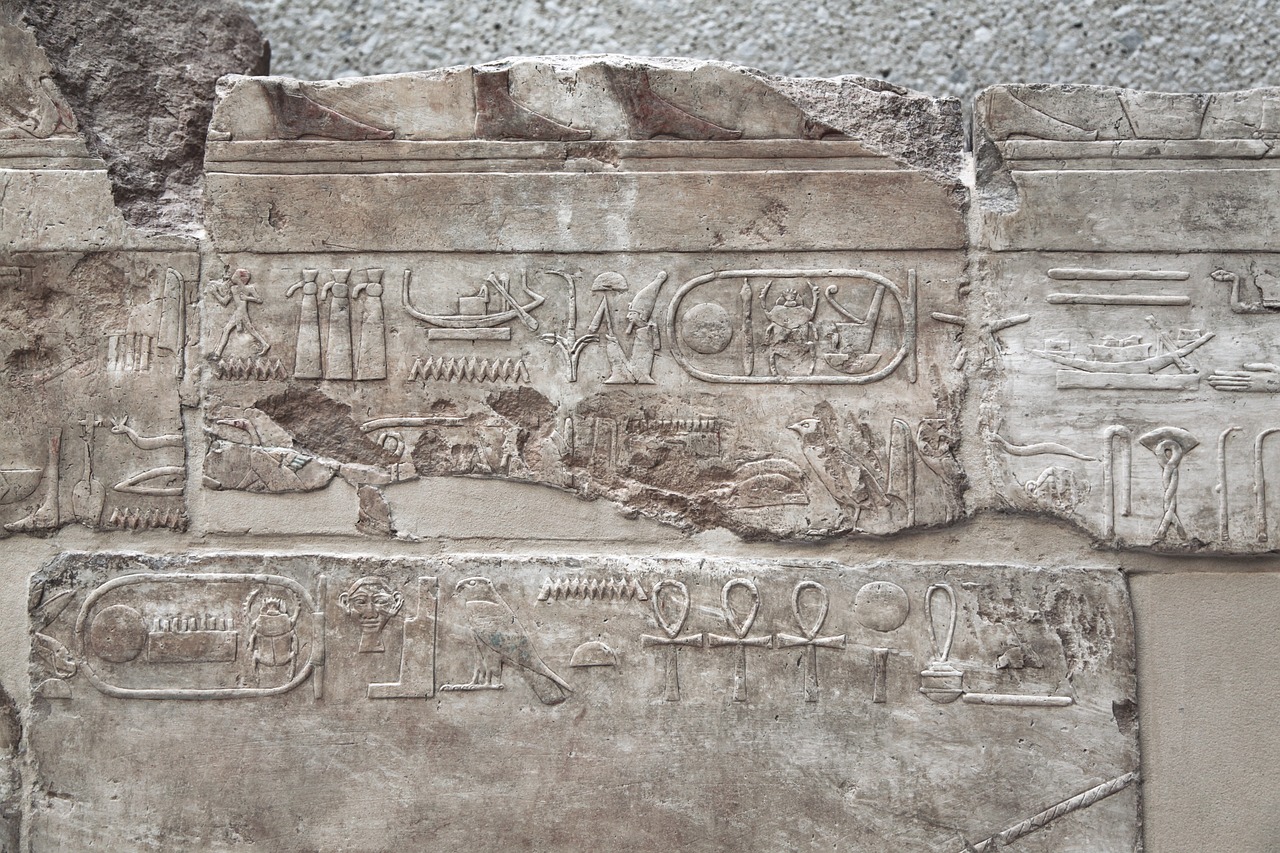Wadjet, also referred to as Wadjyt, Uto, and Buto, stands as one of the most ancient deities in Egyptian mythology. Her veneration can be traced back to the Predynastic Period, with her role evolving over the centuries. Initially the local goddess of Per-Wadjet (Buto), she later emerged as the patron goddess of Lower Egypt. By the conclusion of the Predynastic Period, Wadjet was recognized as the embodiment of Lower Egypt itself, rather than as an individual goddess, often depicted alongside her sister Nekhbet, who symbolized Upper Egypt. Together, they represented the unity of the nation, illustrated in the royal title known as “nebty,” indicating the pharaoh’s dominion over both regions.
The earliest mention of this royal title appears during the reign of Anedjib in the First Dynasty. In the Pyramid Texts, it is claimed that Wadjet was responsible for creating the primordial swamp and the first papyrus plant. This connection to papyrus is particularly notable since her name was symbolized using the papyrus glyph, which also served as the emblematic plant for Lower Egypt.
Another myth recounts that Wadjet was a daughter of Atum (or later Ra). She was sent by him, as his “eye,” to locate Tefnut (moisture) and Shu (air) when they went missing in the waters of Nun. Ra’s elation upon their return led him to shed tears that transformed into the first humans. To honor Wadjet, he placed her on his head in the form of a cobra, ensuring she remained close to him while acting as his protector.
Wadjet was among the goddesses titled as the “Eye of Ra,” aligning her with deities such as Bast, Hathor, Sekhmet, and Tefnut. The “Eye of Ra” symbol was often referred to as “the Wedjat.” In this capacity, she was sent to avenge Ra, nearly bringing about the end of humanity. It was only through a clever trick involving beer dyed red with pomegranate juice to mimic blood that humanity was spared.
Furthermore, Wadjet is seen as closely associated with the philosophy of Ma’at, which embodies justice and balance. A notable myth involves Geb, who committed an act against Ma’at by assaulting Tefnut. Upon crowning himself pharaoh, Geb was punished as Wadjet attacked him and his followers, resulting in numerous deaths and significant injuries to Geb himself.
Portrayed as a fierce deity in contrast to her sister Nekhbet’s nurturing demeanor, Wadjet also exhibited gentler traits. She was believed to assist Isis in nursing the infant Horus and to protect both mother and child from Set while they sought refuge in the delta’s marshlands. Wadjet and Nekhbet likewise safeguarded adult Horus from Set’s followers, with Horus pursuing them as a winged sun disc flanked by the two goddesses in their serpent forms. The protection they provided extended to the pharaoh, who donned the “Royal Ureas” (a representation of a serpent) upon their forehead.
By the Eighteenth Dynasty, queens commonly adorned themselves with one or two serpents in their headdresses to symbolize their connection with Wadjet and her sister. She was associated with specific moments in the lunar calendar, particularly the fifth hour of the fifth day and significant harvest festivals. Special observances in Wadjet’s honor took place on designated days, including the 10th day of Mekhir, known as “the day of going forth of the Goddess.”
Wadjet’s worship occurred at her temple, “Pe-Dep,” a site established long before the Old Kingdom and mentioned in the Pyramid Texts. Here, she was linked to Horus, whom she was thought to be married to along with Hapi in Lower Egypt. She also bore associations with Set, and was occasionally depicted as the spouse of Ptah with a motherhood connection to Nefertem, likely drawn from her occasional representation in lion form, similar to Sekhmet.
Her sacred animal, the cobra, often presented in depictions as a rearing or winged creature, along with images of herself as a woman adorned with the red crown of Lower Egypt. Additionally, by the Late Period, Wadjet was connected to the ichneumon, a mongoose-like animal revered for its snake-hunting abilities, and mummified ichneumon and shrew were often found interred with her statuettes in the afterlife. She also took on aspects of a vulture Goddess, with her form of the “Eye of Ra” combining a lion-headed woman adorned with a solar disc and the Uraeus.



